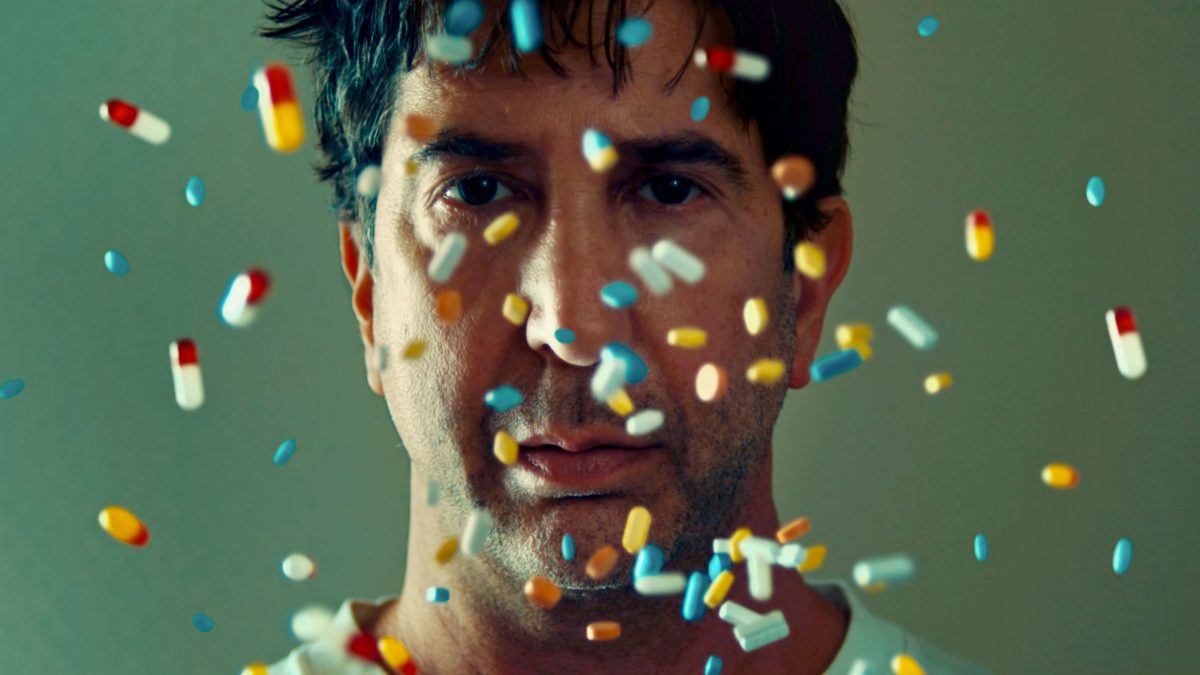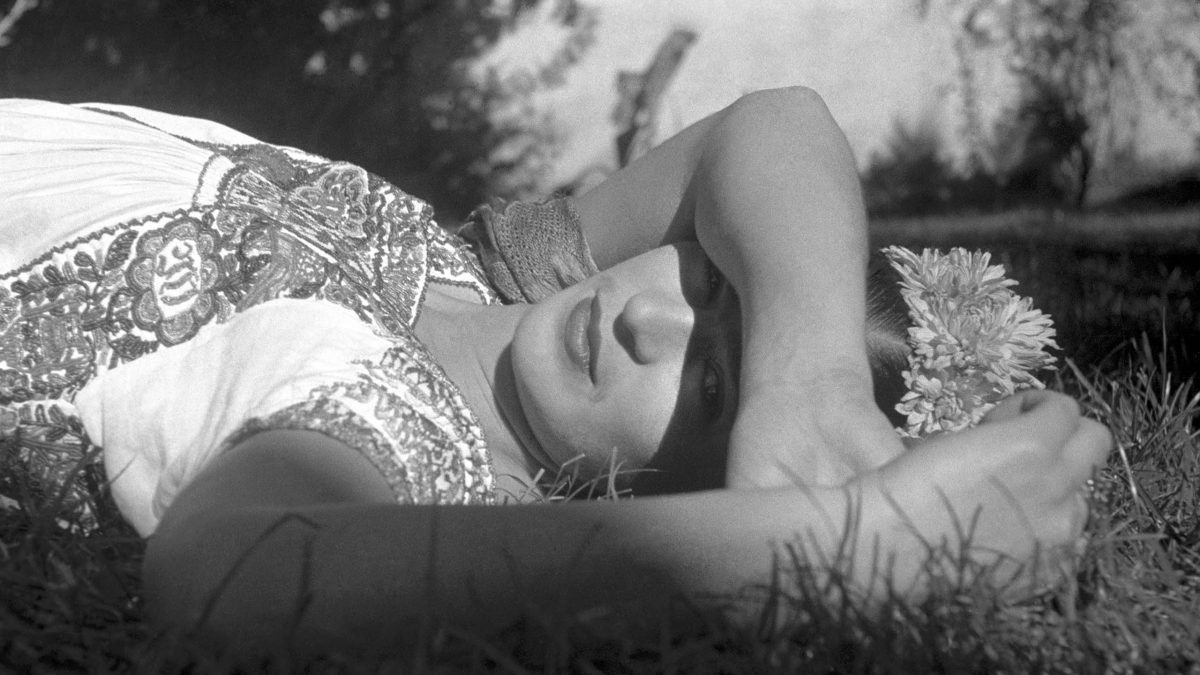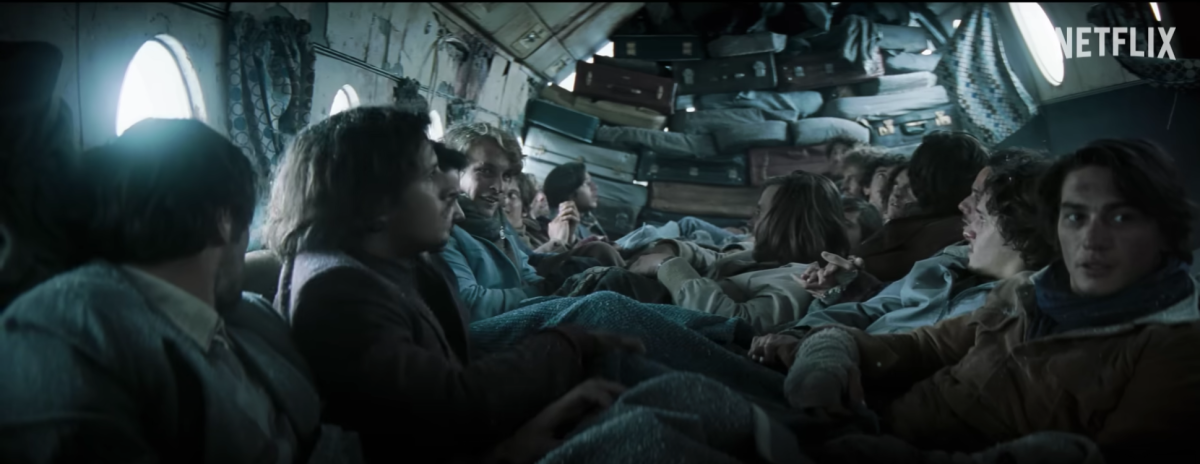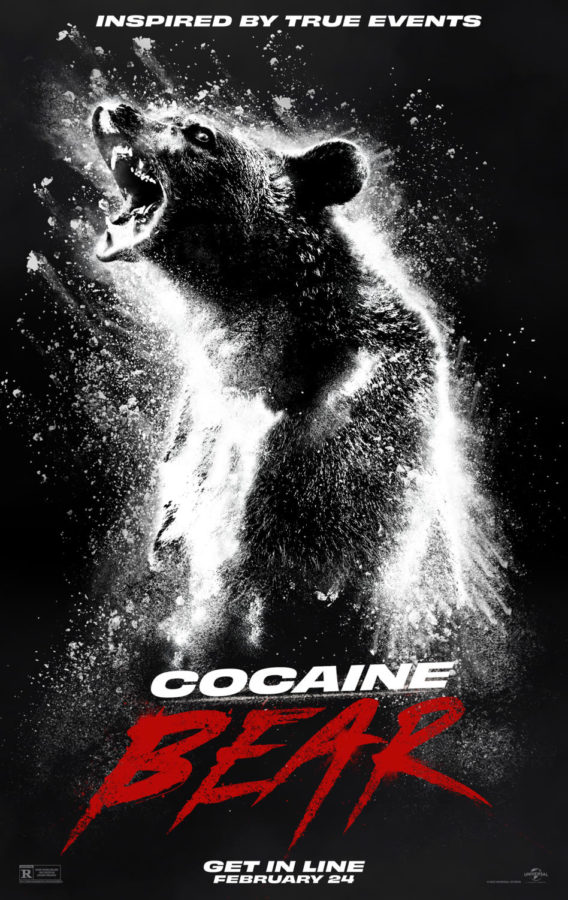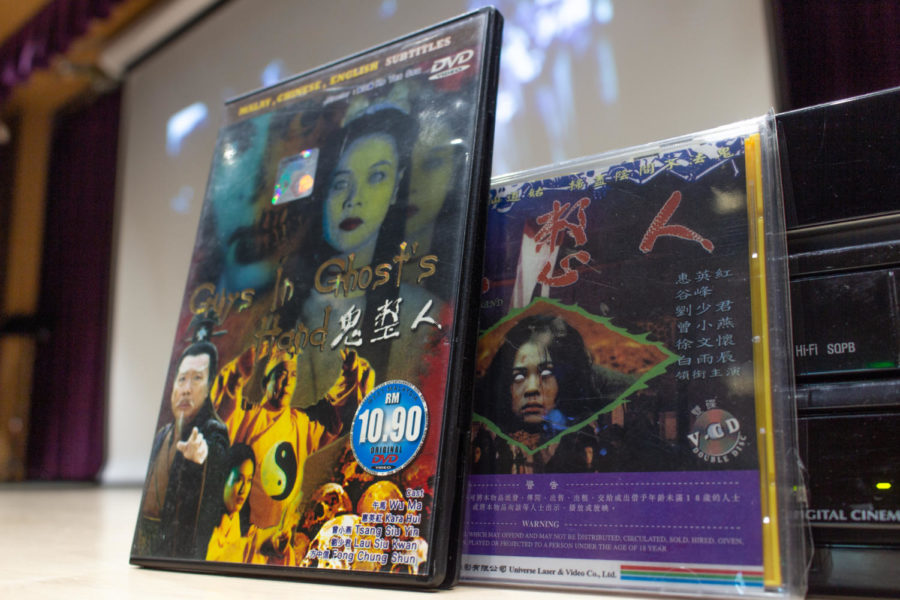
Last month, I saw “Inside-Out,” the latest offering from renowned Disney-owned studio Pixar, and I was surprised at the artistry, creativity and craft brought to the screen. While not a masterpiece, the film is perhaps Pixar’s best since their 2005 film “The Incredibles.”
I remember a certain prestige attached to any film by Pixar. The brand promises quality and creativity, honest storytelling and, of course, bucketfuls of laughter. The studio has more or less delivered on this promise consistently.
The cost of such films is high—the recent live action success “Jurassic World” cost $150 million to make while “Inside-Out” cost $175 million.
Filmmaking is an investor’s game. Large studios like Pixar are backed by even larger behemoths like Disney, Universal or 20th Century Fox, who invest large sums of money and expect a great return on their investment. Universal risked a great deal on “Jurassic World,” hoping the franchise would draw a crowd. The Pixar brand promises a smaller yet safer return on their investment.
Unlike most studios, Pixar is unafraid of experimentation, even risking millions on ideas other animation houses wouldn’t touch with a 39-and-a-half-foot pole. This kind of freedom is crucial to the advancement of “art” but is normally anathema to investors.
One month ago, another beloved animation studio released its latest film to critical success but with barely a whisper of popular attention. “When Marnie Was There,” from Japanese animation studio Ghibli, cost just over $10 million to make, more than 17 times less than “Inside-Out.”
Ghibli, like Pixar, is unafraid of experimentation. Unlike Pixar, it deals with incredibly small budgets, relatively. They use traditional, hand-drawn animation once beloved by Disney, now almost entirely absent from the American film industry.
Whether this strategy is worth the effort is entirely subjective: dozens of Japanese animation houses running on similar models fail to garner even the critical attention Studio Ghibli commands in America. Still, looking at the animation industry on the other side of the Pacific can be instructive.
There, experimentation has been encouraged far more. While the spark of storytelling genius lauded by critics can be as elusive as in Hollywood, the vast array of genres represented in Japanese animation dwarfs what is presented by animation studios here, and the target audiences of these offerings cover far more than the 3-to-13-year-old demographic.
Giant space battles can be animated with nearly as much ease as a typical romantic comedy. Storytelling, though not completely unlimited, is less restricted by budget, and works that cross genres are not rare.
I hope this kind of animation renaissance can be fostered here in the United States. Unfortunately, as Disney discovered in the early years of the new millennium, audiences here are far more captivated by realistic-looking 3D animation than hand-drawn works, a fact reflected in the otherwise insular Academy Awards: since the inception of the “Best Animated Feature” award in 2001, only one hand-drawn film has won the category.
3D animation is much more expensive, which makes potential investors reluctant to risk.
Cracks are beginning to show, however. Last November, the crowdfunding campaign “Hullabaloo,” formed to fund the creation of a traditionally animated “steampunk” film helmed by former veteran Disney animators. Fans raised over $400,000 in a month’s time to support the hand-drawn animation project.
“Song of the Sea” was released by Irish studio Cartoon Saloon last year to critical—if not financial—success. The studio’s 2009 animated historical fantasy “The Secret of Kells” also drew critical acclaim. Both films boast a unique animation style that pushes traditional animation into new territory, yet “Kells” was made for a mere $10 million.
“Kells” is uniquely apt to this discussion. The film’s main character Brendan must choose between protecting or furthering his native Irish culture under the threat of plundering Vikings. Art, when kept behind walls, suffocates in the film. It can only thrive when it endangers itself.
The message cannot be more relevant today: art can only be made at the expense of security; whether the risk is physical or financial, culture is always formed “on the run.”









